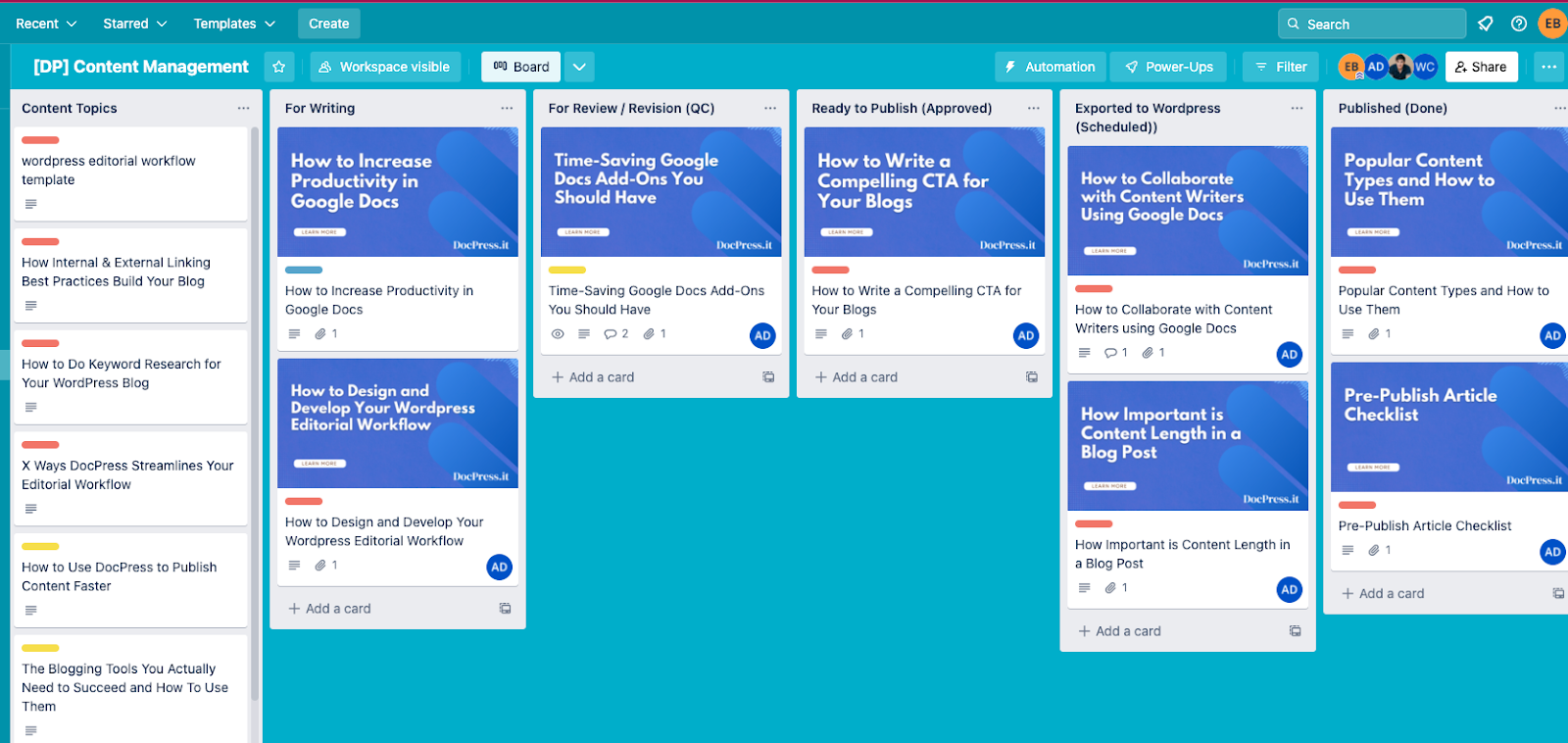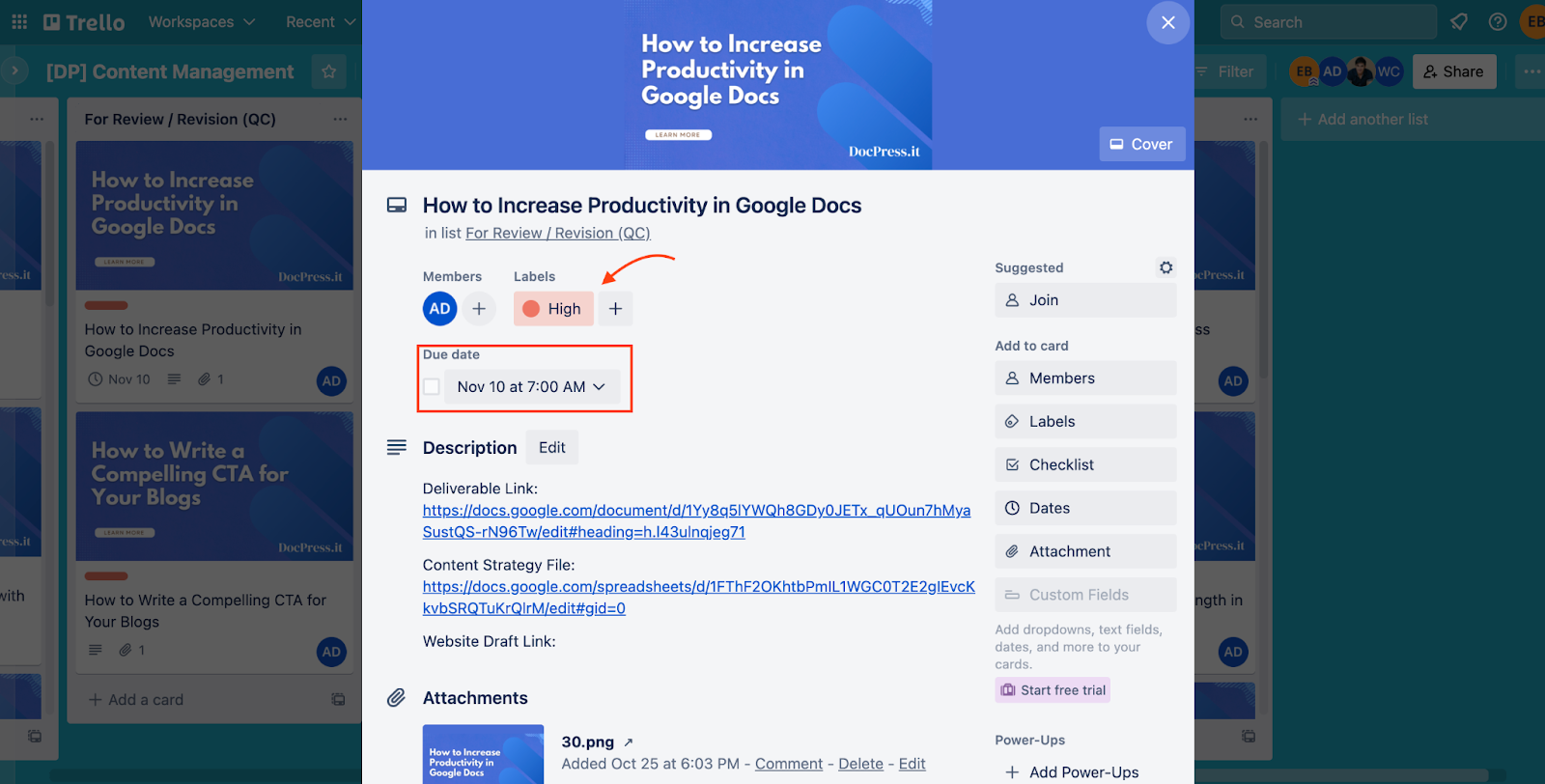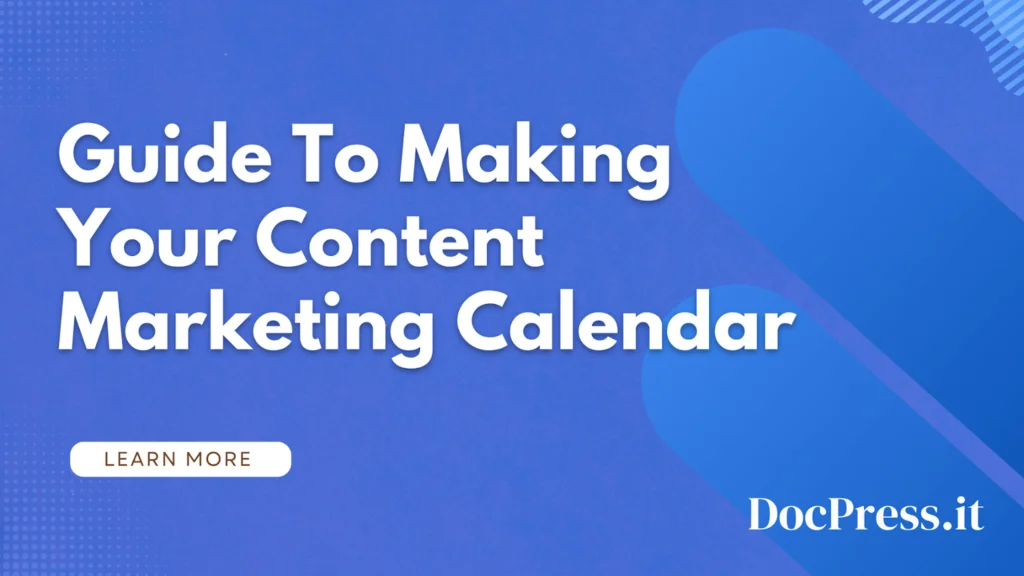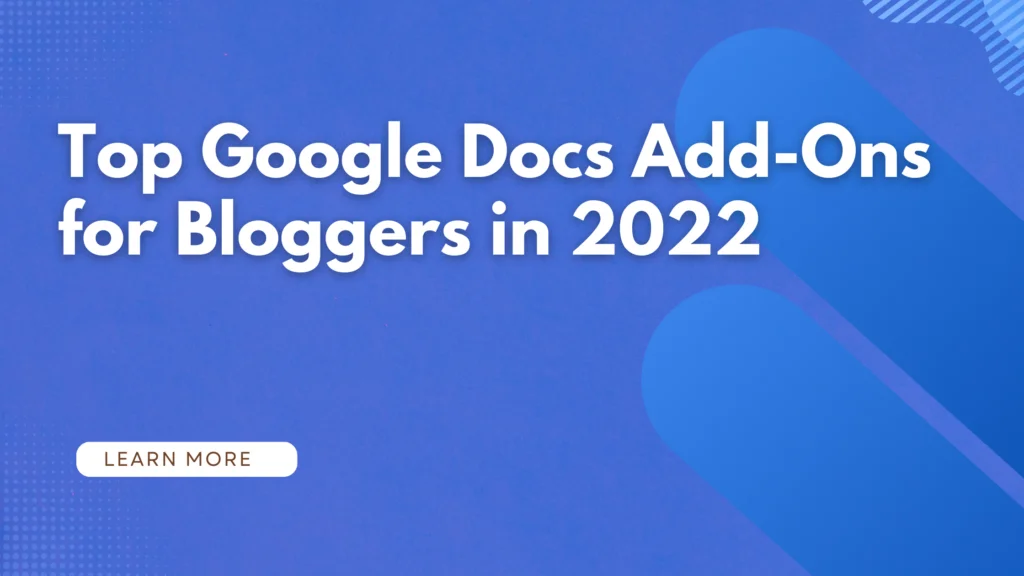A content calendar, commonly referred to as an “editorial calendar,” is a written schedule of the dates and locations of planned content publication. Future articles, status updates, planned promotions, partnerships, and revisions to current material are generally included in content calendar
The key to continuously generating pertinent material is having the greatest content calendars. The operational aspect of your content marketing can change with the use of content calendar templates.
What Is A Content Marketing Calendar?
A content calendar (also known as an “editorial calendar”) is a written schedule that details when and where you intend to publish new content. Calendars of upcoming pieces, status updates, planned promotional activity, partnerships, and updates to existing content are common features of content calendars.

Content marketing is simply not something that can be handled on an as-needed basis. It is preferable to organize your content using a calendar rather than a disorganized to-do list. This allows you to see when and in what order specific content will be published.
Read on to discover more reasons to get your content calendar organized now and discover the key benefits of using one!
What Are the Benefits of Content Calendars?
A marketing calendar outlines who is responsible for what, by when, what themes will be covered, and what outcomes should be expected as your marketing plan is implemented. Lack of implementation should be the very last thing to ruin your marketing strategy after you have a marketing calendar functioning for your business.
Numerous potential advantages of using a content calendar includes:
Time and Effort
Planning and monitoring upcoming marketing endeavors is the most obvious advantage of maintaining an active content marketing calendar. There is no space for surprises when responsibilities and deadlines are assigned to specific individuals. Your marketing strategy will move forward much more easily as a result.
Decreases the Likelihood of Errors
Your team can plan out future content more efficiently with the help of a content calendar. This provides you more time to thoroughly review the facts, which increases the likelihood that the text will appear error-free.
Encourages Productive Teamwork
Important components like status updates notify stakeholders about new developments, content roles, and deadlines. This facilitates and improves the management of content development, scheduling, and dissemination. Executives of the company can also perform top-down monitoring of progress to ascertain whether planned actions are in line with corporate objectives.
Emphasizes Any Content Gaps
You can obtain a fresh perspective on project management and content scheduling thanks to the calendar. It enables you to take a broader view and identify content gaps that must be filled in order to provide a more thorough content strategy.
Shows Areas that Needs Development
You can acquire important insights and find areas that need improvement by routinely monitoring performance and carrying out content audits. Your efforts to advertise your material will get better over time, increasing its popularity and effectiveness.
How To Build an Editorial Content Calendar in Phases
Even though it takes a lot of work, content marketing can be incredibly successful when done correctly. Try to organize your editorial schedule in advance, especially by focusing on your marketing goals, to get better outcomes from your content marketing.
Consider the following steps to create a content calendar that can help you prevent errors, foster collaboration, and save time:
1. Examine Current Content
It’s crucial to evaluate your current content and comprehend how it’s performing on social media and other platforms where potential clients may be viewing the content in order to make the most of a well-polished content calendar. By doing this, you can determine whether you have the appropriate content to accomplish your marketing objectives. At different times during the production and dissemination of your material, you might observe gaps.
The platforms or pages with the least traffic or engagement will be identified via an audit. As a team, you should also identify content that needs to be updated or replaced because it is no longer relevant. Therefore, incorporate audit routines to reevaluate traffic as well as the necessity for replacement, editing, and removal.
2. Plan Your Objectives
Set aside some time to consider your content marketing goals after the audit is over. Your long-term efforts can be successful if you follow this planning phase. The greatest strategy is to connect your content targets to your overarching company objectives.

3. Competitors’ Research
Don’t be afraid to look into your competition when developing your content strategy. By doing this, it is simpler to determine which content concepts are successful or unsuccessful and to come up with useful suggestions for elevating your brand. The most compelling content concepts can be given new life by your team’s innovative thinking and fresh eyes.
4. Choose Your Content Types
Choosing the right kind of material to post can influence engagement. It’s crucial that the type of material you choose fits the viewing habits of your target audience.
Your editorial calendar will include one or more sorts of content, depending on how many channels you’re aiming for. It’s crucial to produce a variety of content since, regardless of your target channel, people consume online content differently.
Learn more about the different types of content you can use in this article: 7 Popular Content Types and How to Use Them
5. Establish A Publication Schedule
Setting up a publishing schedule has the potential to connect you with important marketing chances, such as those that arise before a season of peak sales. Additionally, you can schedule social media updates for particular days and times to match with your audience’s online routines or habits of content consumption.

A smart practice in content marketing is to make a rolling schedule for three months at a time.
6. Create A Workflow
The specifics of your process, including crucial components like content creation responsibilities, deadlines, and essential dates, must be spelled out at this stage. Important information is covered in the workflow plan, including the best time to post on each channel. The best publishing frequency and time will be determined after analyzing your analytics data.
New content brainstorming, communication procedures, content approval methods, and the content ratio are additional workflow elements to take into account.
7. Choose the Right Platforms
Make sure the platform you use to host your content calendar and distribute your content has the features you require for your workflow.
Some solutions, such as Slack and Google Calendar, provide connectivity with a wider range of applications. Your team’s productivity and collaboration could be improved with the aid of these integrations.
8. Tracking Results and Trends
Establish solid KPIs and a trustworthy monitoring mechanism. Regular performance evaluations and trend assessments are essential for successful content marketing programs. Plan to continue optimizing your calendar as a consequence of this review for better outcomes. You might need to switch to or experiment with new forms of material as a result of your findings. For instance, you might want to try podcasts or webinars if your audience is less responsive to text.
9. Publish
It’s time to start producing material now that you’ve made crucial preparations for the distribution of your content and the tracking of your progress. You might need to use a content calendar with a scheduling function, depending on the quantity of posts and channels involved. This method of managing the feeds can reduce some physical labor.
What Makes a Content Calendar Actionable?
So what exactly is an actionable content calendar? Basically, it entails developing a strategy that you constantly adhere to throughout the mentioned phases.
The calendar is dynamic rather than static, and there are procedures in place to go from one job to another. A content calendar that is actionable is one that is visible to all parties and is used.
Hit Your Goals With a Marketing Calendar
An editorial calendar makes it easier for you to be more successful and make better use of your time whether you are planning a marketing strategy for yourself or are a member of a large marketing team. More coordination and organization can only be beneficial for businesses of all sizes.
DocPress is a Google Docs add-on with a free forever plan that helps you get started with your editorial workflow. You can also upgrade to any of our paid plans that match your blogging frequency. Subscribing also gives you access to our SEO Analysis and Readability score tools to help you rank higher and reach more people.
Install the add-on for free here or learn more by visiting DocPress.it.
Subscribe to our newsletter below to get amazing new articles, promos but also tips and tricks.





